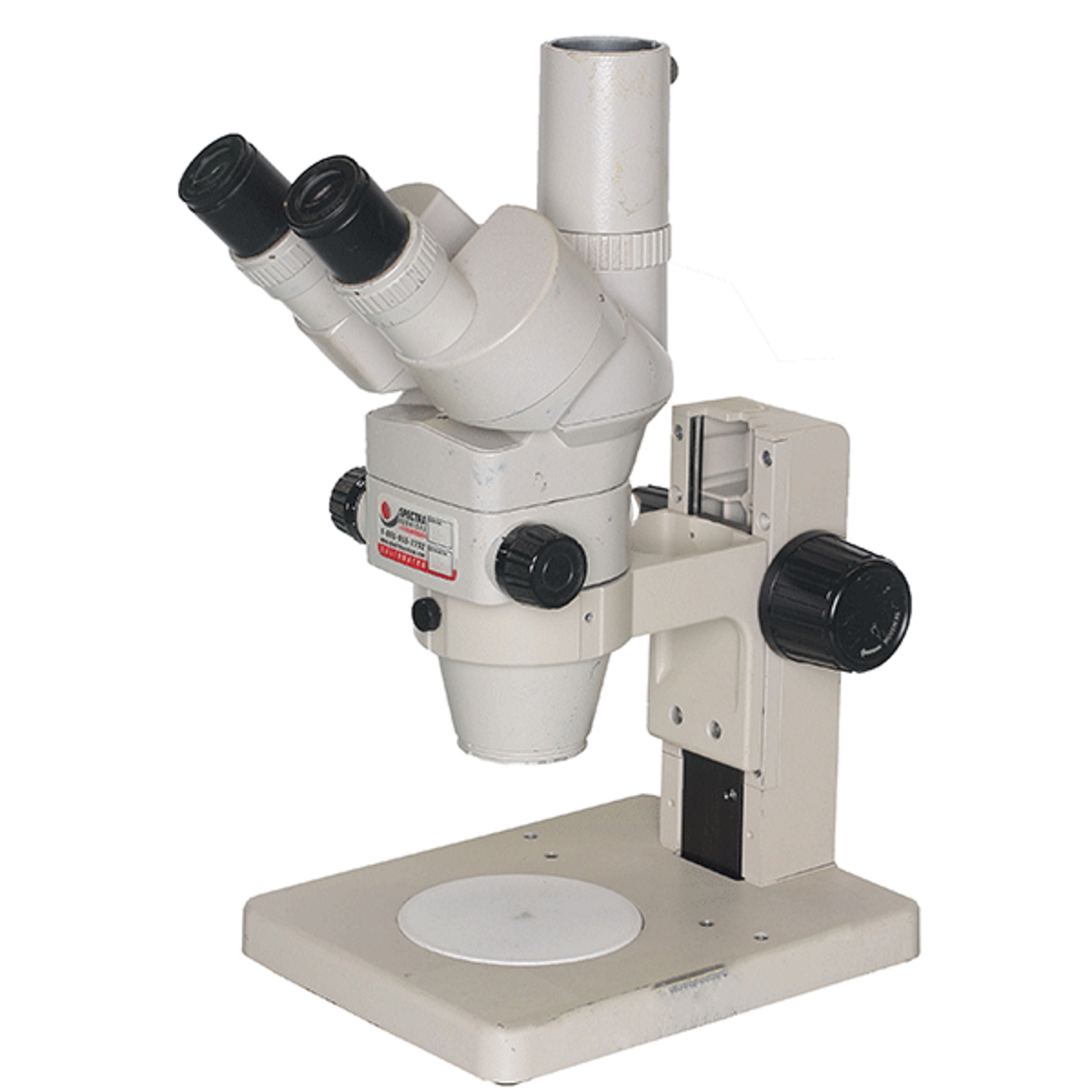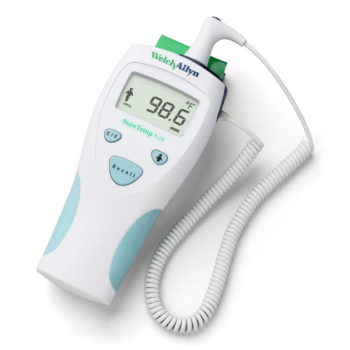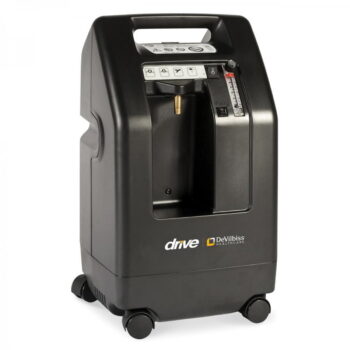The NIKON Trinocular Stereo Microscope: Precision Observation and Imaging in Scientific and Industrial Domains
In the world of microscopy, precision, clarity, and versatility are paramount. The NIKON Trinocular Stereo Microscope stands as a remarkable example of optical technology, designed to provide intricate three-dimensional observation and imaging in scientific, industrial, and research settings. With its advanced features and ergonomic design, this microscope serves as an essential tool for researchers, educators, and professionals seeking to explore the microcosms of life and materials.
Design and Optics
The NIKON Trinocular Stereo Microscope is characterized by its sophisticated design and cutting-edge optics that enable detailed three-dimensional imaging:
1. Trinocular Head: A defining feature of this microscope is its trinocular head, which means it has three eyepiece tubes: two for the observer and one for camera attachment. This design facilitates simultaneous observation by two individuals and allows seamless integration of imaging equipment for documentation and analysis.
2. Stereo Optics: The microscope employs stereo optics, which provides depth perception and a three-dimensional view of the specimen. This is particularly important for accurate spatial understanding and manipulation in various applications.
3. Objective Lenses: The NIKON Trinocular Stereo Microscope comes with a range of objective lenses with different magnification levels and working distances. These lenses allow users to zoom in on specimens while maintaining clear and sharp images.
4. Illumination: Illumination is crucial in microscopy to enhance contrast and visibility. The microscope typically features adjustable illumination sources such as LED or halogen lighting, enabling users to optimize lighting conditions for different specimens.
5. Interchangeable Eyepieces: The microscope often offers interchangeable eyepieces that further customize the viewing experience, accommodating individual preferences and ensuring comfort during extended periods of observation.
Applications and Versatility
The NIKON Trinocular Stereo Microscope finds applications in diverse fields, owing to its precision and versatility:
1. Biological Sciences: In biological research, the microscope aids in the study of specimens such as plants, insects, small animals, and cell cultures. Its three-dimensional observation capabilities allow researchers to explore structures in their natural context.
2. Industrial Inspection: In manufacturing and quality control, the microscope is utilized for detailed inspection of small components, electronics, and materials. It assists in identifying defects, analyzing surface textures, and ensuring product quality.
3. Forensics and Criminal Investigations: Forensic experts use the microscope to examine evidence such as fibers, hairs, and trace materials. Its ability to provide a clear view of minute details aids in accurate analysis.
4. Education and Training: The microscope serves as an invaluable educational tool, enabling students to explore microscopic worlds and gain a deeper understanding of scientific concepts.
5. Jewelry and Gemology: Professionals in the jewelry and gemology industries utilize the microscope to inspect gemstones and jewelry for authenticity, quality, and characteristics.
Advantages and Benefits
The NIKON Trinocular Stereo Microscope offers a range of advantages that contribute to its prominence in scientific and industrial applications:
1. Precise Observation: The microscope’s stereo optics provide accurate three-dimensional observation, allowing users to examine specimens in detail and make informed conclusions.
2. Depth Perception: The three-dimensional view enhances depth perception, aiding in understanding the spatial relationships of structures within the specimen.
3. Documentation and Imaging: The trinocular design accommodates imaging equipment, enabling users to capture high-quality images and videos for documentation, analysis, and presentation.
4. Ergonomic Design: The microscope is designed with user comfort in mind, with adjustable eyepieces, viewing angles, and ergonomic controls for extended observation sessions.
5. Flexibility: The availability of interchangeable objective lenses and eyepieces offers flexibility to adapt to different specimens and observation requirements.
6. Scientific Insights: Researchers and professionals can gain insights into the microscopic world, leading to discoveries, innovations, and advancements in various fields.
Conclusion
The NIKON Trinocular Stereo Microscope exemplifies precision, optics, and versatility. Its trinocular head, stereo optics, and advanced features make it an indispensable tool for professionals across scientific, industrial, and educational domains. Whether examining biological specimens, inspecting materials, or enhancing educational experiences, this microscope continues to empower users to explore the intricate details of the microcosms that shape our understanding of the world.










